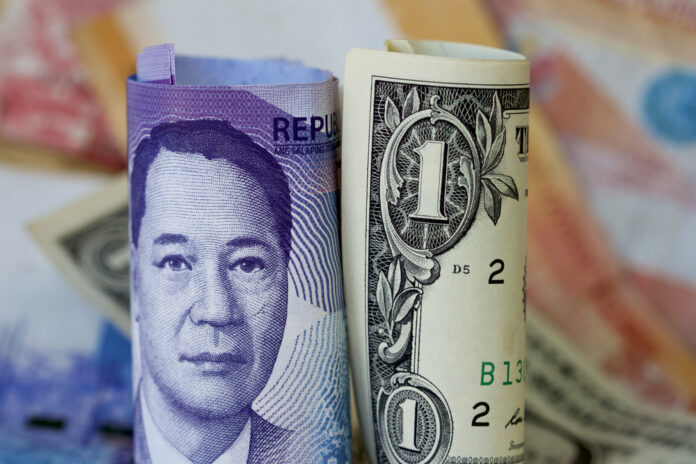The Philippines’ trade deficit narrowed to USD 3.29 billion in May from USD 4.73 billion a year earlier—an improvement also over April’s USD 3.79 billion trade gap—due to strong export growth and softer import values, the Philippine Statistics Authority (PSA) reported Friday.
Exports surged 15 percent year-on-year to USD 7.29 billion in May, led by electronics, which rose by USD 285.2 million to USD 3.85 billion. Manufactured goods followed, with a USD 241.3 million increase to USD 583.1 million while gold exports doubled to USD196.8 million, thanks to higher global prices.
From January to May, exports totaled USD 34.20 billion, up 11 percent year-on-year.
The US remained the top export destination for Philippine products, accounting for 15 percent—or USD 1.12 billion—of total exports in May. Completing the top five markets were Hong Kong, Japan, China, and Singapore, which together accounted for nearly 60 percent of the total.
Imports declined 4.4 percent to USD 10.58 billion, mainly due to a USD 767.3 million drop in the value of mineral fuels and lubricants, which fell to USD 1.17 billion. Imports of metalliferous ores and metal scrap dropped by USD 125.8 million to USD 83 million, while cereals, including rice, declined by USD 97.9 million to USD 497.6 million.
Total imports for the first five months of 2025 reached USD 53.87 billion, down 4.4 percent.
China was the largest source of imports in May at USD 3.15 billion, accounting for nearly one-third of the total. Other major suppliers included Indonesia, Japan, South Korea, and the United States.
The narrower trade gap reflects improving external demand and easing import pressures—a signal of shifting trade dynamics in the country’s post-pandemic recovery.







